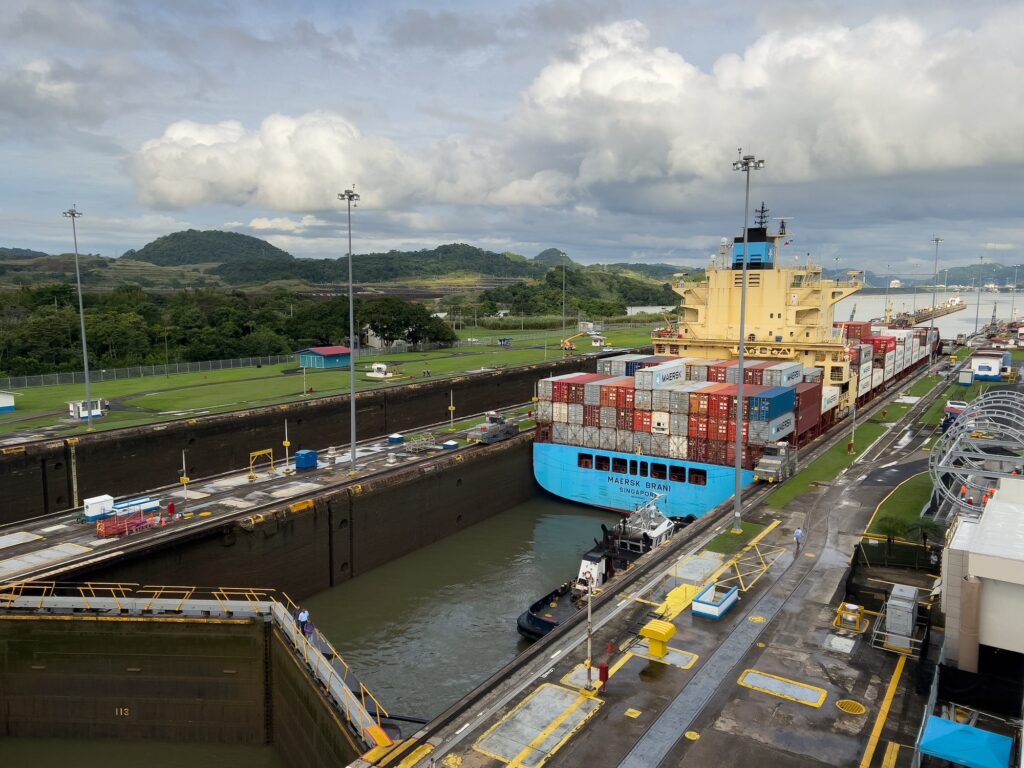The Panama Canal: A Brief History and Guide
The Panama Canal is one of the world’s greatest engineering feats. It is a man-made waterway linking the Atlantic and Pacific oceans, and is one of the most important shipping lanes in the world. Spanning 48 miles, the Panama Canal has been an integral part of maritime trade for over a century, and its importance to global commerce and travel can’t be overstated. In this article, we’ll explore the history of the Panama Canal and provide a guide to what you should know before going.
A Brief History of the Panama Canal
The idea of a canal connecting the Atlantic and Pacific oceans was first conceived by the Spanish in the 16th century. However, it wasn’t until the 19th century that the concept was seriously pursued. The French were the first to attempt to build a canal in the 1880s, but they ran into financial difficulties and were eventually forced to abandon the project.
The United States then took up the challenge and began construction in 1904. The project was a huge undertaking, and it took ten years to complete. The canal was officially opened by U.S. President Woodrow Wilson in 1914, and it quickly became one of the busiest shipping lanes in the world.
Since then, the Panama Canal has been a major source of revenue for the country, and it is still one of the most important waterways in the world. In 1999, the canal was transferred to Panamanian control, and it continues to be a major economic and cultural hub.
What You Should Know Before Going
The Panama Canal is an incredible feat of human engineering and is definitely worth a visit. Here are a few things you should know before you go:
- Tourist Access: Tourists are allowed to visit the Panama Canal, but there are a few restrictions. Visitors are not allowed to enter the Canal locks, and the Canal Authority strictly enforces these rules. However, visitors can take a boat tour of the locks, which is a great way to get a glimpse of the Canal up close.
- Weather: The Panama Canal is located in the tropics, and the weather can be quite unpredictable. The rainy season runs from April to November, and it is recommended that you plan your visit during the dry season from December to March.
- Transportation: The Panama Canal is easily accessible by bus. Buses leave from the main terminal in Panama City and go directly to the Canal, making it an easy and convenient way to get there.
- Accommodation: There are a number of hotels near the Panama Canal that offer comfortable accommodation. Visitors should be sure to book in advance, as the area is popular and can get quite busy.
Conclusion
The Panama Canal is an incredible man-made wonder, and it is definitely worth a visit. Tourists can easily access the canal by bus and take a boat tour of the locks. With its incredible history and stunning beauty, the Panama Canal is a must-see destination for any traveler.

